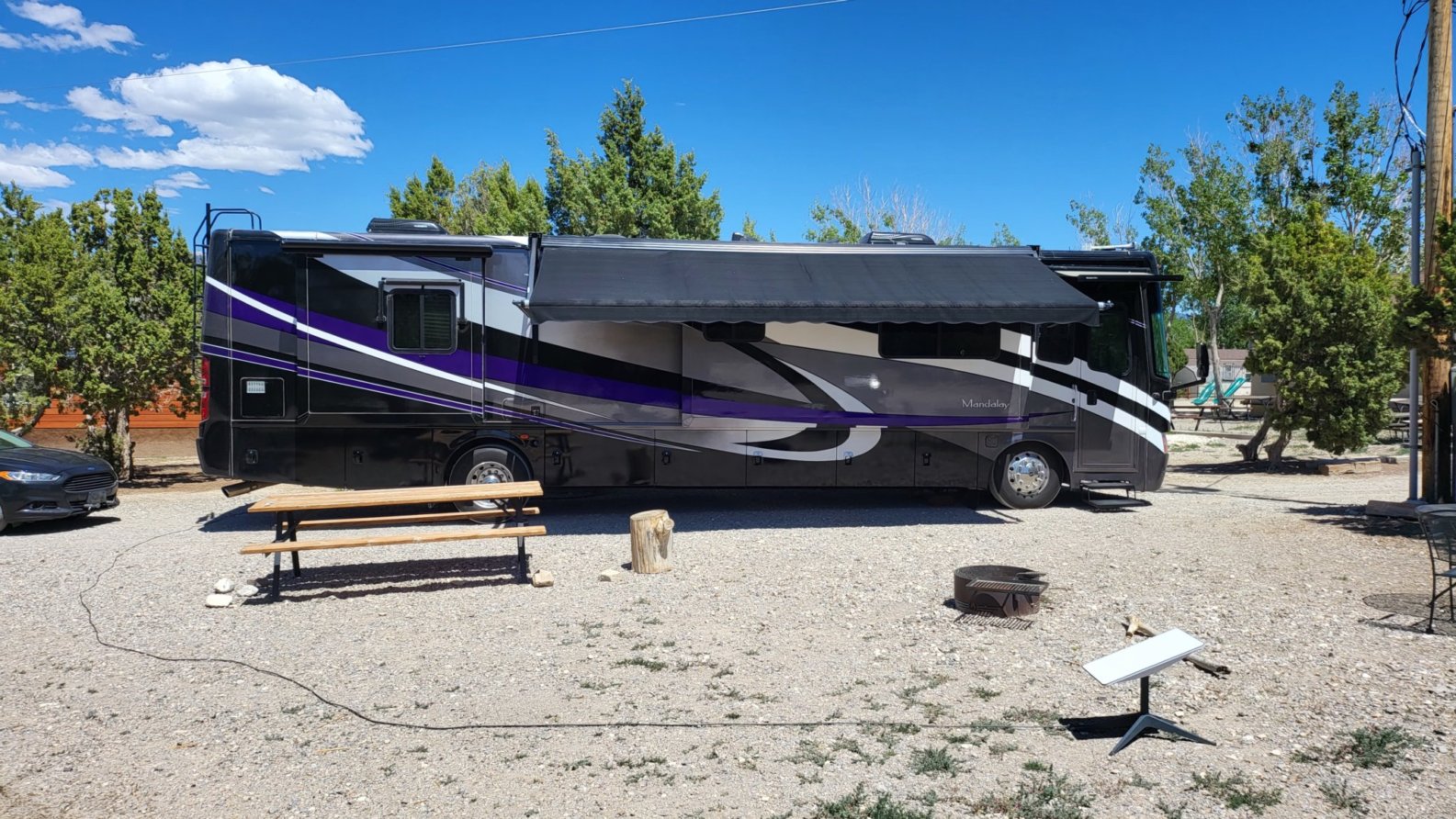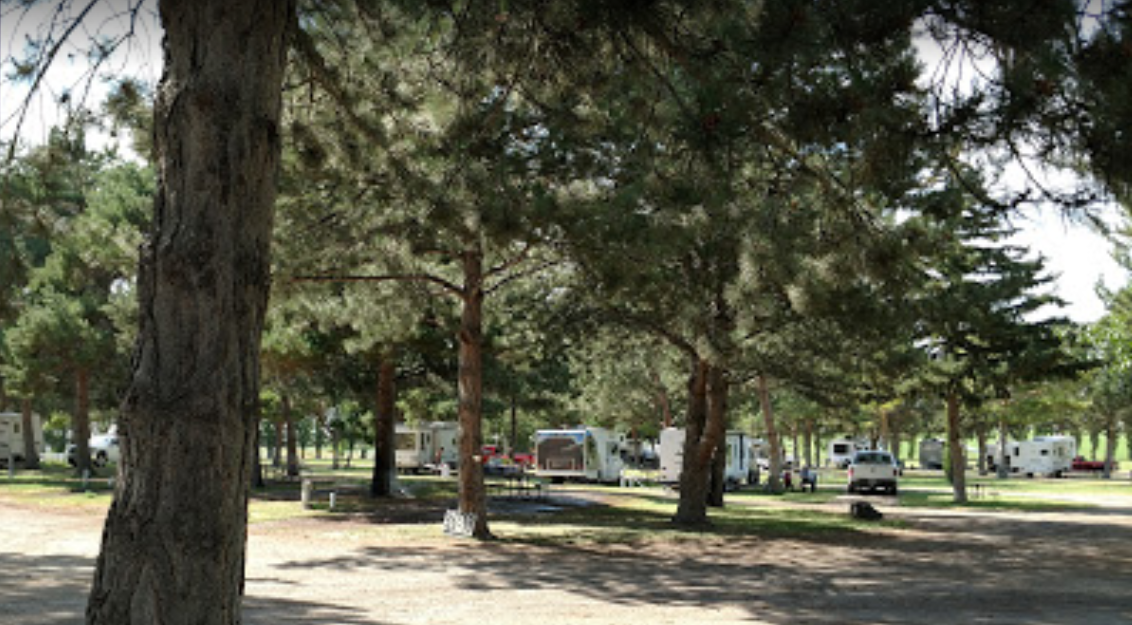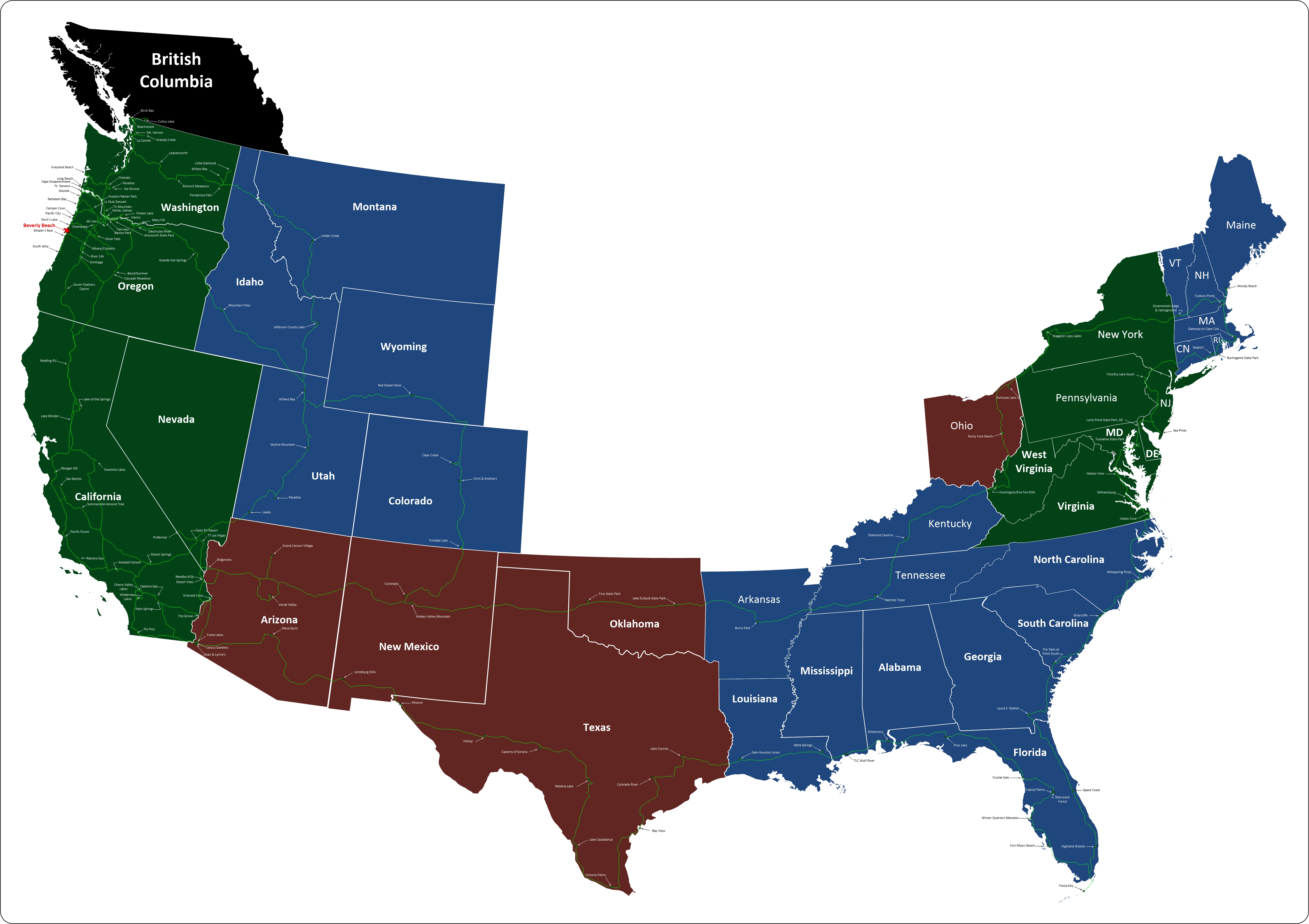Florida's $1.0 trillion economy is the fourth largest in the United States. If it were a country, Florida would be the 16th largest economy in the world, and the 58th most populous as of 2018. In 2017, Florida's per capita personal income was $47,684, ranking 26th in the nation. The unemployment rate in September 2018 was 3.5% and ranked as the 18th in the United States. Florida exports nearly $55 billion in goods made in the state, the 8th highest among all states. The Miami Metropolitan Area is by far the largest urban economy in Florida and the 12th largest in the United States with a GDP of $345 billion as of 2017. This is more than twice the number of the next metro area, the Tampa Bay Area, which has a GDP of $145 billion. Florida is home to 51 of the world's billionaires with most of them residing in South Florida.
The first European contact was made in 1513 by Spanish explorer Juan Ponce de León, who called it la Florida ([la floˈɾiða] "the land of flowers") upon landing there in the Easter season, known in Spanish as Pascua Florida.[18] Florida was a challenge for the European colonial powers before it gained statehood in the United States in 1845. It was a principal location of the Seminole Wars against the Native Americans, and racial segregation after the American Civil War.
Today, Florida is distinctive for its large Cuban expatriate community and high population growth, as well as for its increasing environmental issues. The state's economy relies mainly on tourism, agriculture, and transportation, which developed in the late 19th century. Florida is also renowned for amusement parks, orange crops, winter vegetables, the Kennedy Space Center, and as a popular destination for retirees. Florida is the flattest state in the United States. Lake Okeechobee is the largest freshwater lake in the U.S. state of Florida.
Florida's close proximity to the ocean influences many aspects of Florida culture and daily life. Florida is a reflection of influences and multiple inheritance; African, European, indigenous, and Latino heritages can be found in the architecture and cuisine. Florida has attracted many writers such as Marjorie Kinnan Rawlings, Ernest Hemingway and Tennessee Williams, and continues to attract celebrities and athletes. It is internationally known for golf, tennis, auto racing, and water sports. Several beaches in Florida have turquoise and emerald-colored coastal waters.
About two-thirds of Florida occupies a peninsula between the Gulf of Mexico and the Atlantic Ocean. Florida has the longest coastline in the contiguous United States, approximately 1,350 miles (2,170 km), not including the contribution of the many barrier islands. Florida has a total of 4,510 islands that are ten acres or larger in area. This is the second-highest number of islands of any state of the United States; only Alaska has more. It is the only state that borders both the Gulf of Mexico and the Atlantic Ocean. Much of the state is at or near sea level and is characterized by sedimentary soil. Florida has the lowest high point of any U.S. state. The climate varies from subtropical in the north to tropical in the south. The American alligator, American crocodile, American flamingo, Roseate spoonbill, Florida panther, bottlenose dolphin, and manatee can be found in Everglades National Park in the southern part of the state. Along with Hawaii, Florida is one of only two states that has a tropical climate, and is the only continental state with either a tropical climate or a coral reef. The Florida Reef is the only living coral barrier reef in the continental United States, and the third-largest coral barrier reef system in the world (after the Great Barrier Reef and Belize Barrier Reef).




